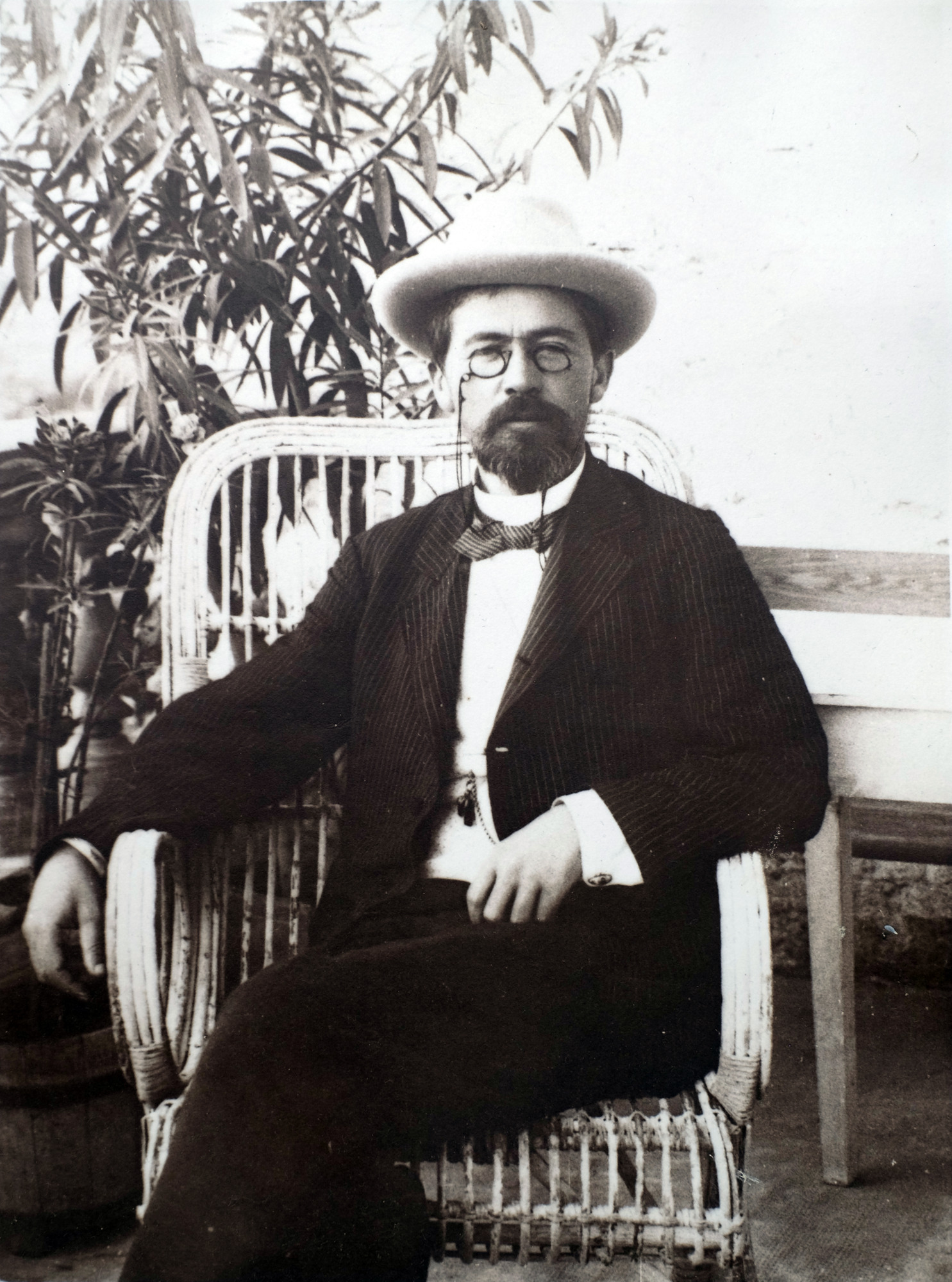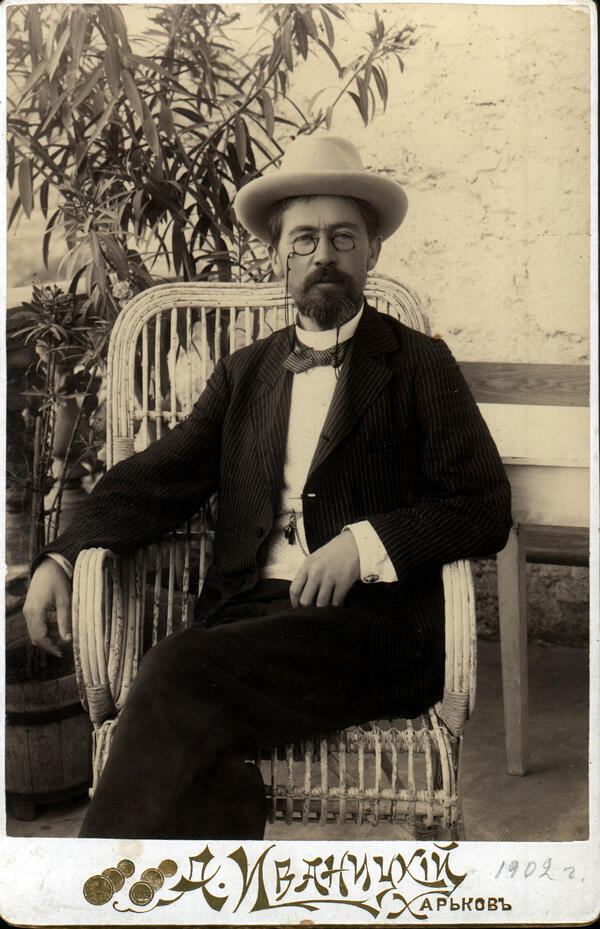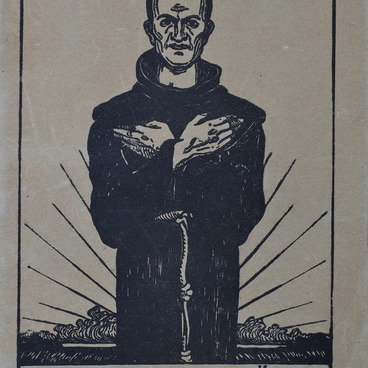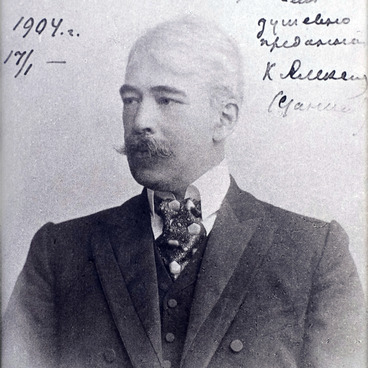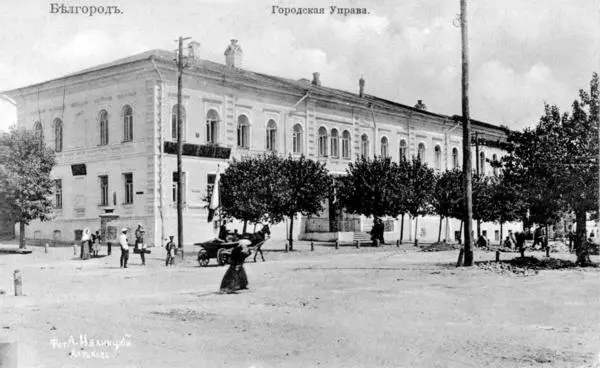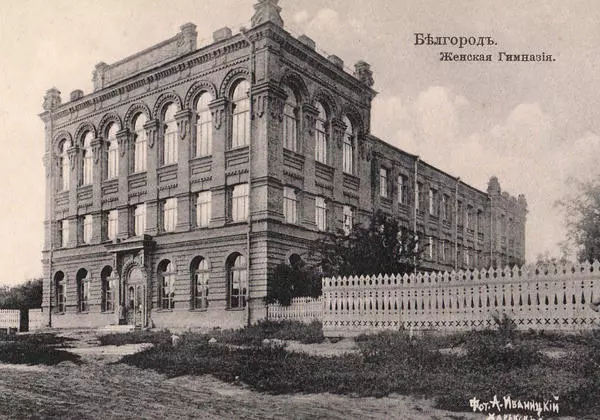Ivanitsky Alexey Mikhailovich (1854-1920) was Russian photo artist, member of the Russian Photographic Society (since 1905), awarded with medals of Russian and international exhibitions, ‘genius of the camera’ in pre-revolutionary Russia. He owned two photo studios in Kharkov and Belgorod. He gained fame as a photographer and master of large format portrait photographs. He was rightfully considered the best artist in the south of Russia. He created a series of portraits of famous writers, artists, and other outstanding people of that time.
In his photograph, Chekhov is depicted sitting in a light reed chair, dressed in an elegant suit, with a white hat and the inalterable pince-nez. He loved to sit like this on the balcony of his Yalta dacha and admire the landscapes of Autka and the city. And under any circumstances, Anton Pavlovich looked invariably elegant and beautiful. This was his life credo. He always sat down to work at his desk in a clean shirt, an ironed suit and a bow tie. No wonder one his characters uttered a catchphrase - Human being should be entirely beautiful: the face, the clothes, the mind, the thoughts.
Ivan Bunin, a congenial person who often met Chekhov in the last period of his life in Yalta, when the writer was already deeply ill, describes him as follows: ‘He ate little, slept little, loved order very much. His rooms were amazingly clean, the bedroom looked like a girl’s. No matter how weak he was at times, he did not give himself the slightest indulgence in clothes… He was the same with everybody, no matter what rank the person was’.
Just like her brother, Maria Pavlovna Chekhova always looked elegant and fashionable. This ability to look beautiful and dignified was instilled in them by their mother. The mother of the family, Evgenia Yakovlevna, was a skilled seamstress. She could repeat any style she liked just from the picture. She selected styles and fabrics with great taste. She attuned her daughter to the same, passing her the skills of female handicrafts.
Chekhov was always mindful of fashion’s changes. Ladies' fashion was given great attention by humorous magazines, with which the writer collaborated at that time. And these changes often provided an opportunity to great comic papers.
In his photograph, Chekhov is depicted sitting in a light reed chair, dressed in an elegant suit, with a white hat and the inalterable pince-nez. He loved to sit like this on the balcony of his Yalta dacha and admire the landscapes of Autka and the city. And under any circumstances, Anton Pavlovich looked invariably elegant and beautiful. This was his life credo. He always sat down to work at his desk in a clean shirt, an ironed suit and a bow tie. No wonder one his characters uttered a catchphrase - Human being should be entirely beautiful: the face, the clothes, the mind, the thoughts.
Ivan Bunin, a congenial person who often met Chekhov in the last period of his life in Yalta, when the writer was already deeply ill, describes him as follows: ‘He ate little, slept little, loved order very much. His rooms were amazingly clean, the bedroom looked like a girl’s. No matter how weak he was at times, he did not give himself the slightest indulgence in clothes… He was the same with everybody, no matter what rank the person was’.
Just like her brother, Maria Pavlovna Chekhova always looked elegant and fashionable. This ability to look beautiful and dignified was instilled in them by their mother. The mother of the family, Evgenia Yakovlevna, was a skilled seamstress. She could repeat any style she liked just from the picture. She selected styles and fabrics with great taste. She attuned her daughter to the same, passing her the skills of female handicrafts.
Chekhov was always mindful of fashion’s changes. Ladies' fashion was given great attention by humorous magazines, with which the writer collaborated at that time. And these changes often provided an opportunity to great comic papers.
